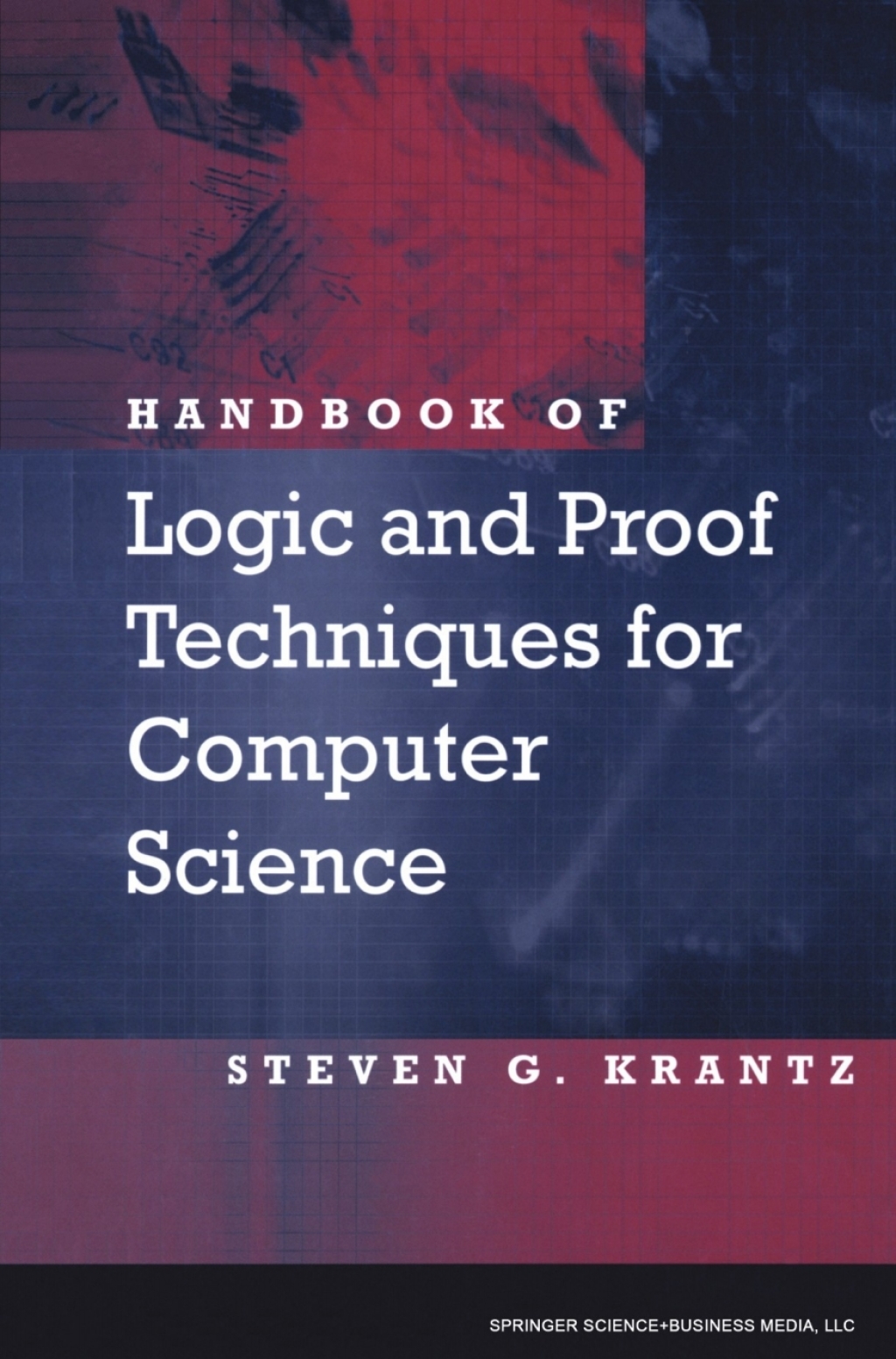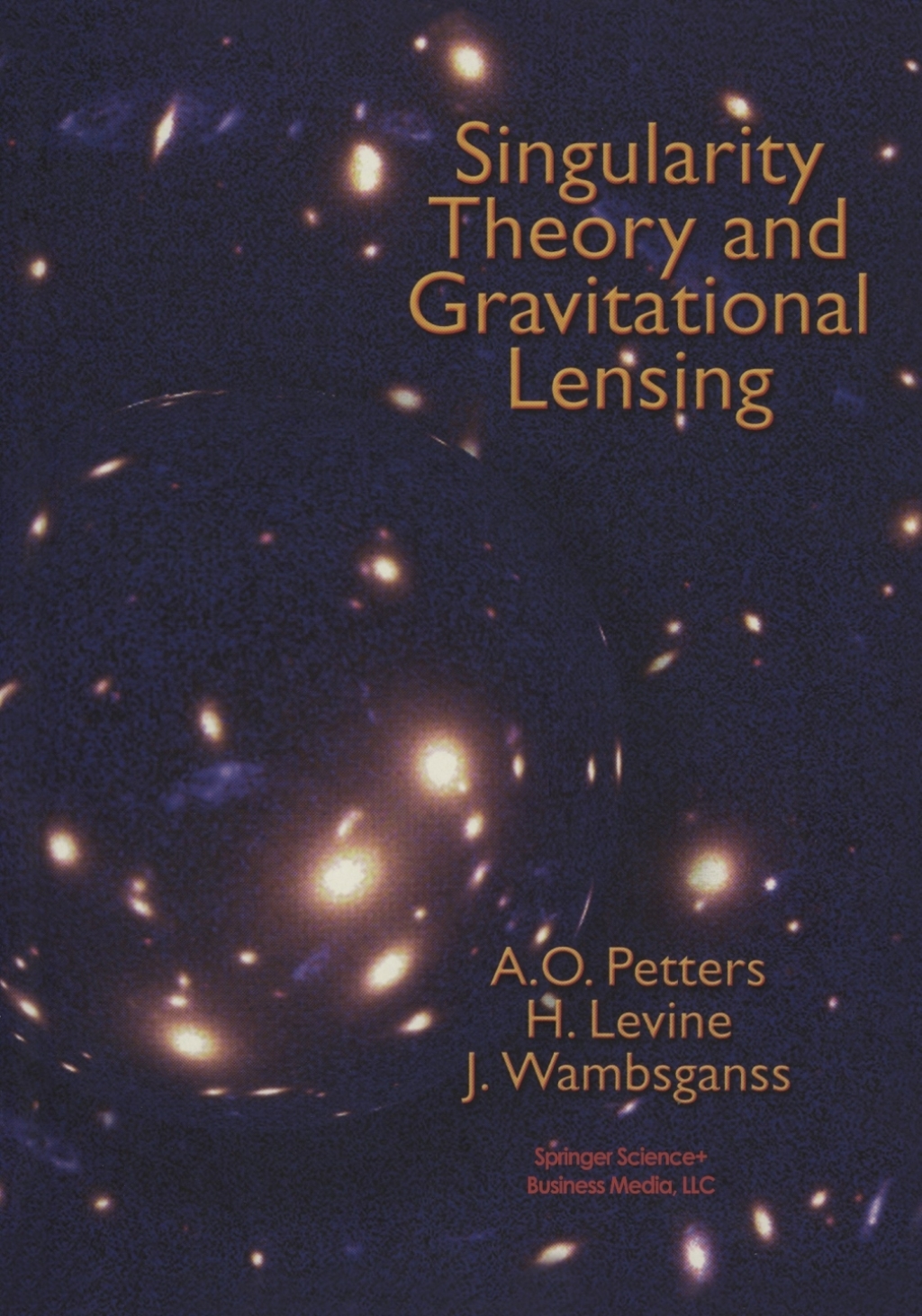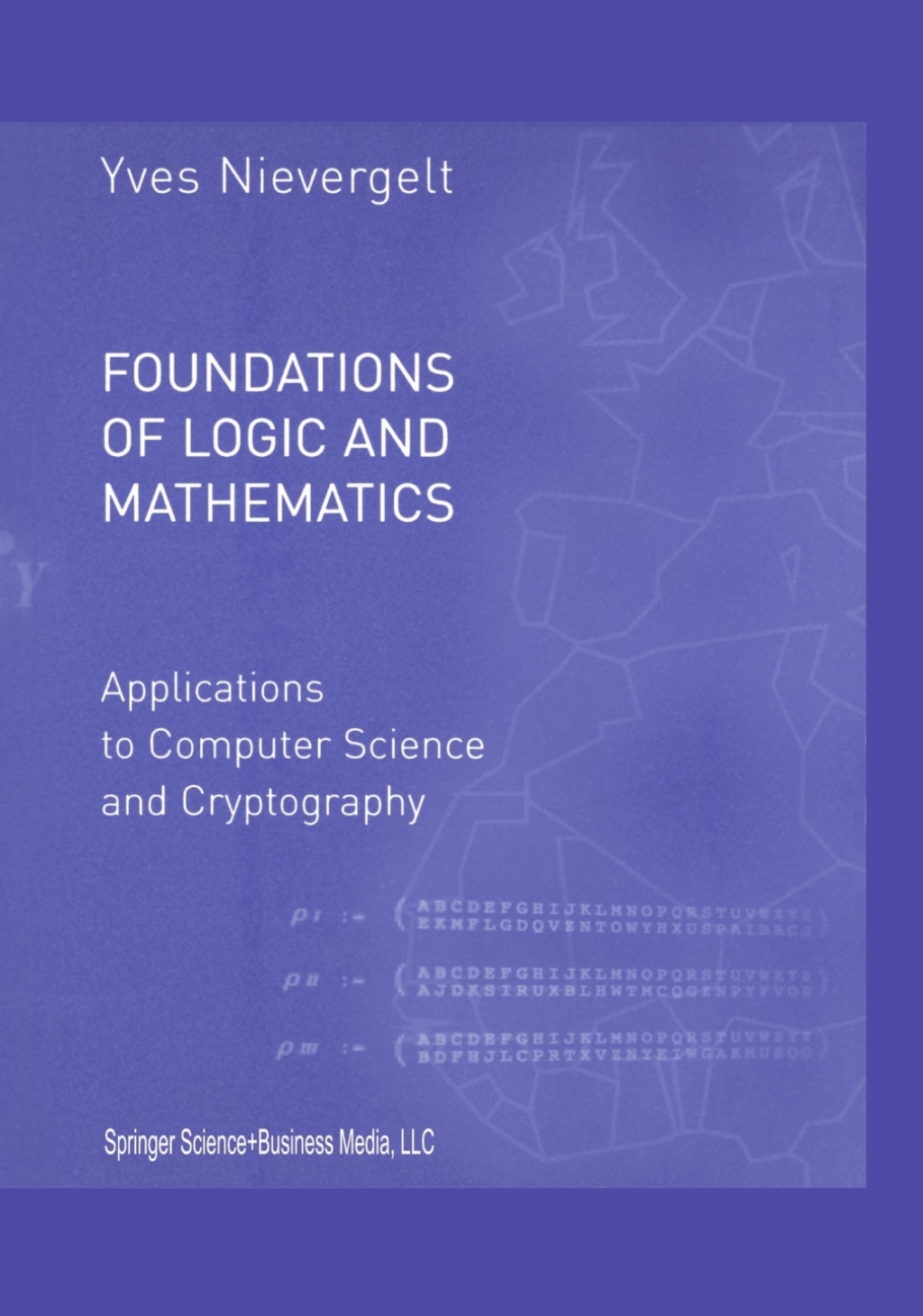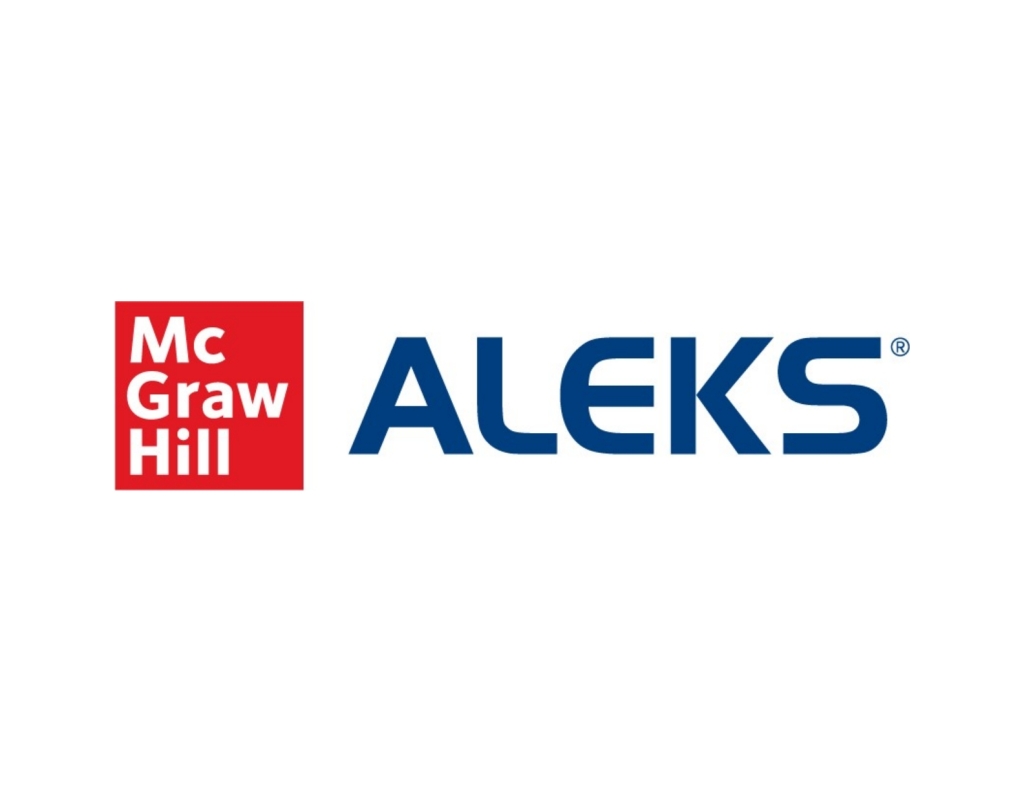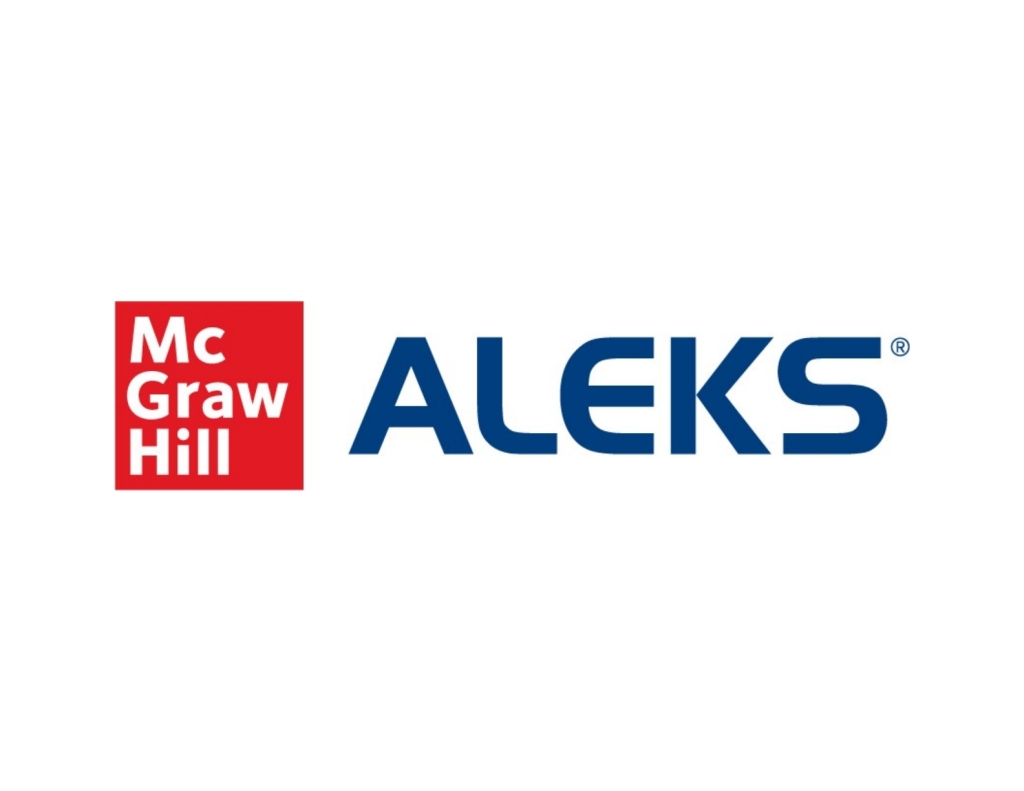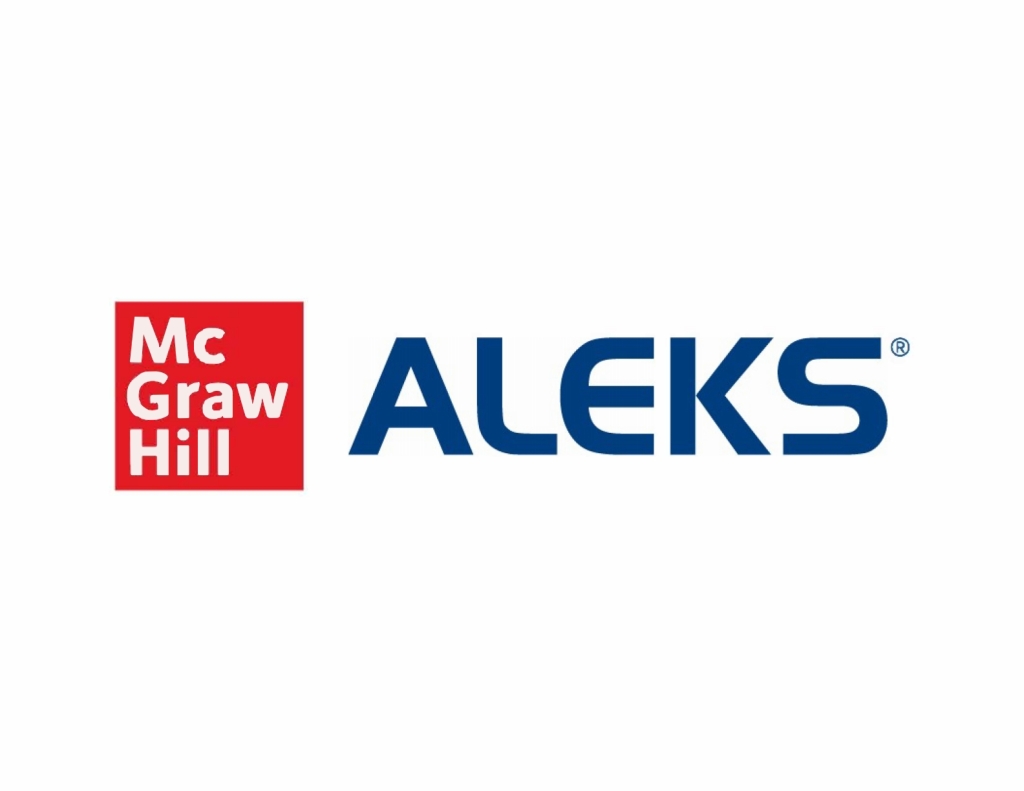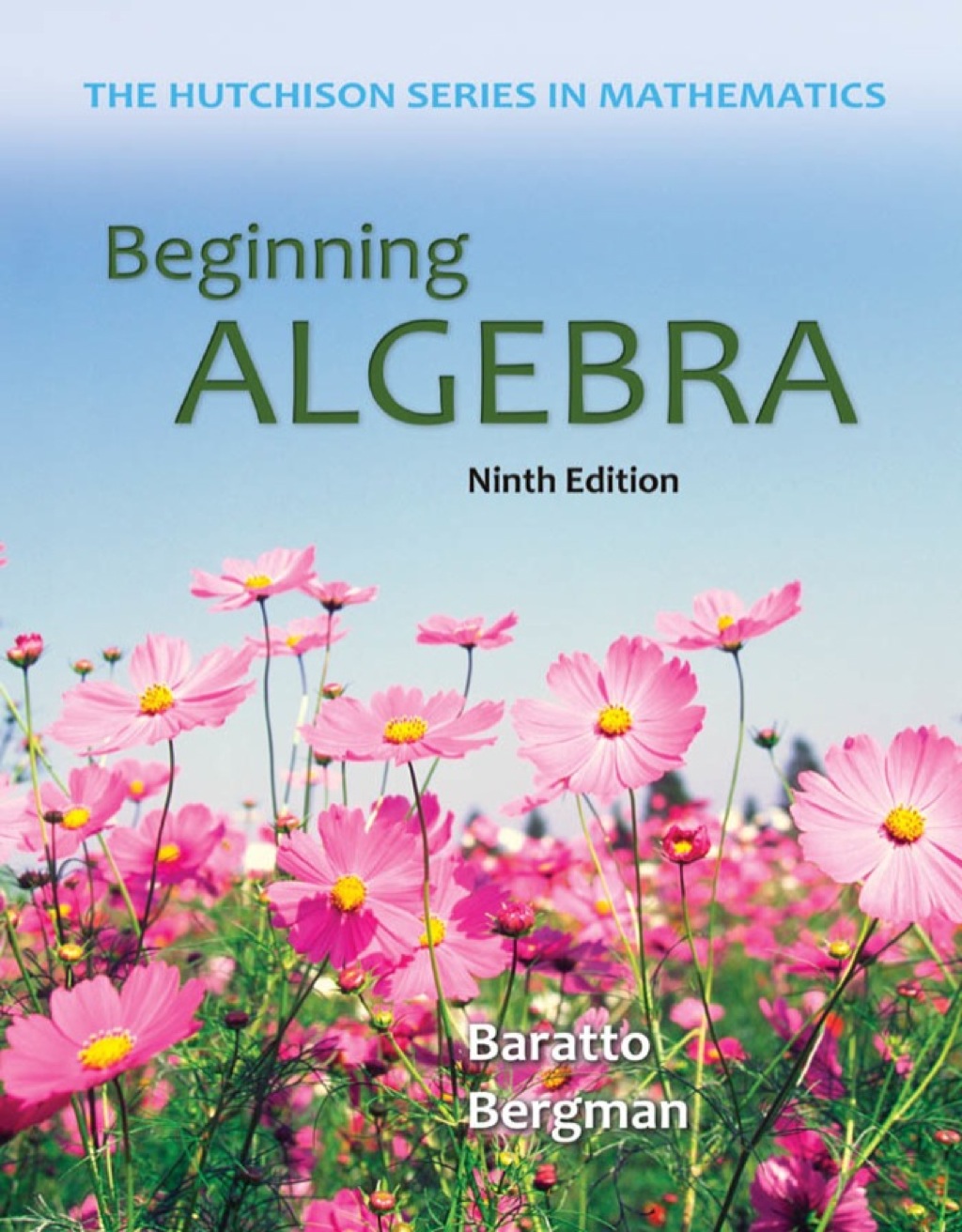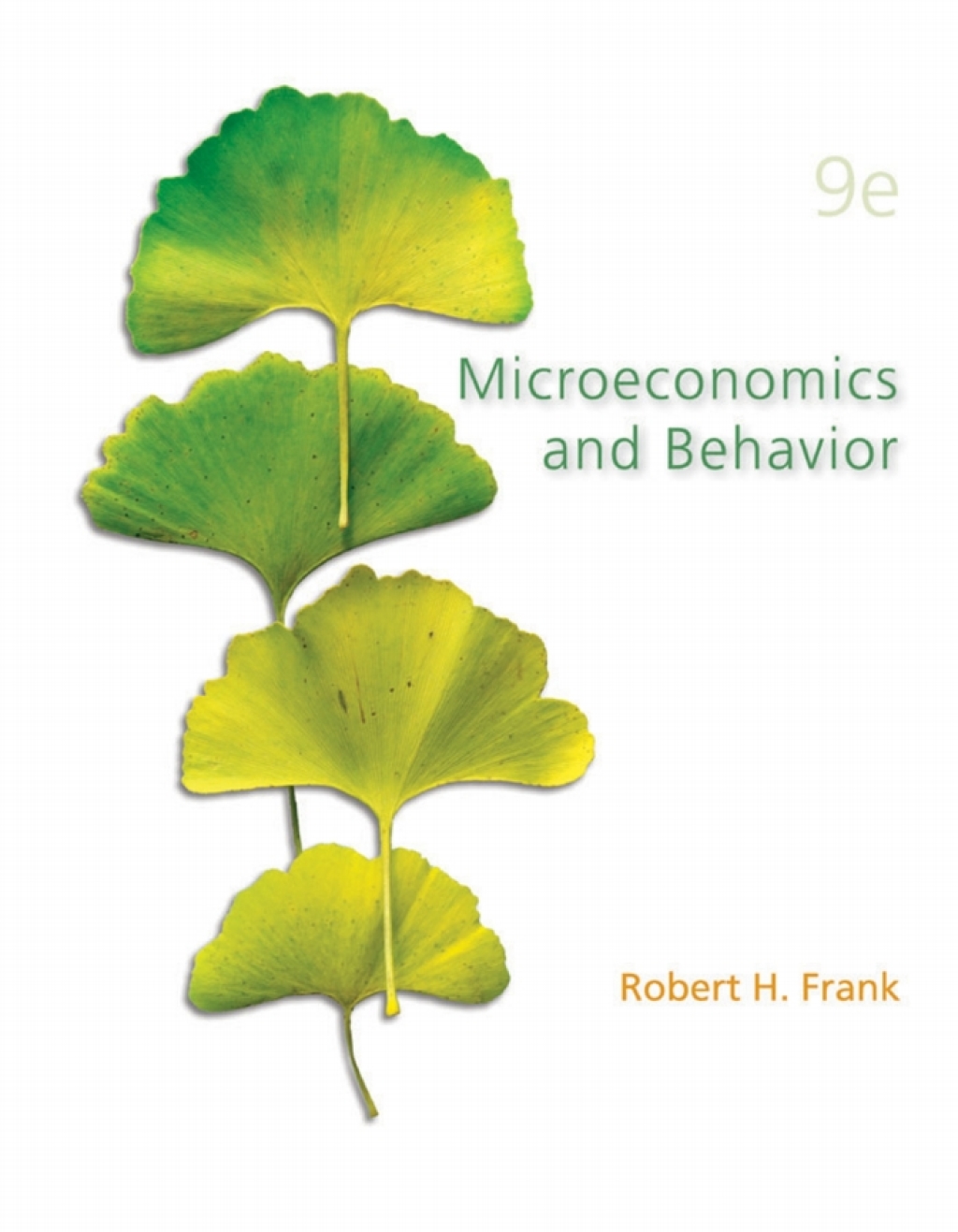Foundations of Logic and Mathematics Applications to Computer Science and Cryptography
Author(s): Yves Nievergelt
Publisher: Birkhäuser
ISBN: 9781461266235
Edition:
$39,99
Delivery: This can be downloaded Immediately after purchasing.
Version: Only PDF Version.
Compatible Devices: Can be read on any device (Kindle, NOOK, Android/IOS devices, Windows, MAC)
Quality: High Quality. No missing contents. Printable
Recommended Software: Check here
Important: No Access Code
Description
Description
This modem introduction to the foundations of logic, mathematics, and computer science answers frequent questions that mysteriously remain mostly unanswered in other texts: • Why is the truth table for the logical implication so unintuitive? • Why are there no recipes to design proofs? • Where do these numerous mathematical rules come from? • What are the applications of formal logic and abstract mathematics? • What issues in logic, mathematics, and computer science still remain unresolved? Answers to such questions must necessarily present both theory and significant applica­tions, which explains the length of the book. The text first shows how real life provides some guidance for the selection of axioms for the basis of a logical system, for instance, Boolean, classical, intuitionistic, or minimalistic logic. From such axioms, the text then derives de­tailed explanations of the elements of modem logic and mathematics: set theory, arithmetic, number theory, combinatorics, probability, and graph theory, with applications to computer science. The motivation for such detail, and for the organization of the material, lies in a continuous thread from logic and mathematics to their uses in everyday life.

